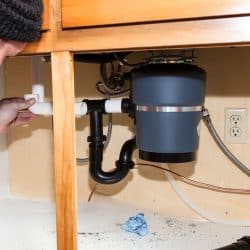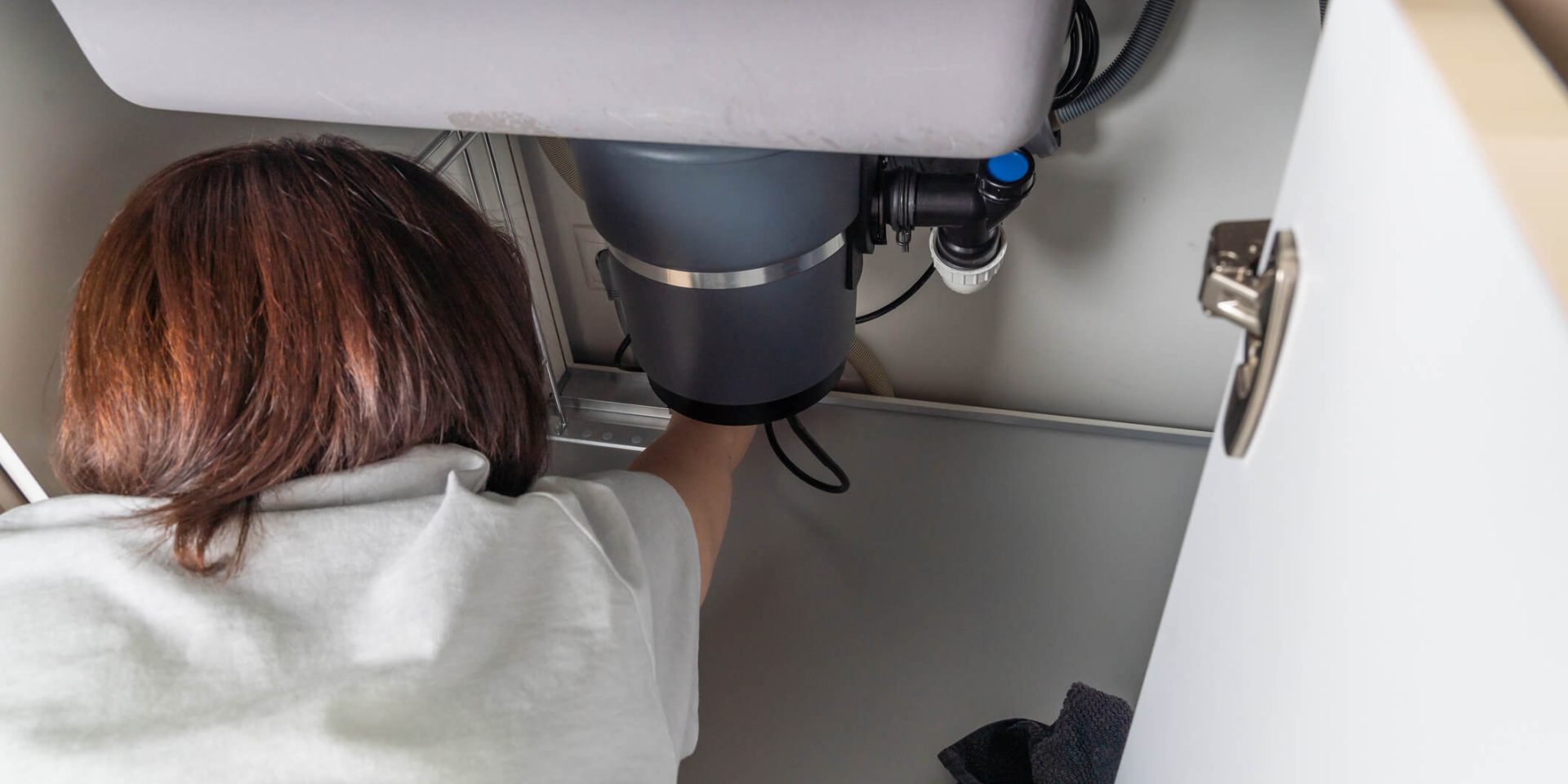An Definitive Guide to Fixing a Leaky Waste Disposal Unit
An Definitive Guide to Fixing a Leaky Waste Disposal Unit
Blog Article
This post in the next paragraphs pertaining to Garbage Disposal Leaking From Bottom is truly informative. Read it for yourself and figure out what you think about it.

Waste disposal unit are crucial cooking area devices that help in dealing with food waste successfully. Nonetheless, a leaking garbage disposal can be a discouraging and messy trouble to handle. Fortunately, several leakages can be repaired quickly with a couple of simple actions. In this write-up, we will review just how to deal with a leaking garbage disposal properly.
Introduction
Garbage disposals are set up under kitchen area sinks and are made to shred food waste into smaller pieces, allowing it to pass through the pipes system conveniently. While these tools are typically trustworthy, leaks can take place in time due to wear and tear, loosened connections, or damage to the unit.
Step-by-Step Guide to Repairing a Leaking Waste Disposal Unit
Turn Off the Power
Before trying any type of fixings, make certain that the power to the garbage disposal system is switched off to prevent the danger of electrical shock.
Situate the Leak
Identify the precise area of the leak and establish the cause
Tighten Connections
Utilize a wrench to tighten up any kind of loose connections in between the disposal system and the pipes system.
Replace Seals or Gaskets
If the leakage results from used seals or gaskets, get rid of the old parts and replace them with brand-new ones.
Patching Cracks or Holes
For splits or openings in the disposal device, usage epoxy or an ideal patching material to seal the damaged area.
Recognizing the Resource of the Leakage
Before trying to take care of a dripping garbage disposal, it is vital to determine the source of the leak. This can generally be done with visual evaluation or by performing basic tests.
Visual Examination
Examine the garbage disposal unit thoroughly for any kind of indicators of water leakage. Pay attention to locations around seals, gaskets, and connection points.
Checking for Leaks
One method to examine for leakages is by running water through the disposal system and looking for any noticeable signs of leakage.
Common Root Causes Of Leakages in Trash Disposals
Worn Seals and Gaskets
Seals and gaskets play a vital duty in stopping water from dripping out of the garbage disposal. In time, these elements can weaken, leading to leakages around the disposal system.
Loose Connections
The connections in between the garbage disposal and the pipes system can come to be loose gradually, creating water to leak out throughout operation.
Fractures or Openings in the Disposal System
Physical damages to the garbage disposal, such as splits or holes in the housing, can additionally lead to leakages.
Devices and Products Needed for Repairing a Dripping Waste Disposal Unit
Prior to starting the repair work process, collect the necessary tools and materials, consisting of a screwdriver, flexible wrench, plumber's putty, substitute seals or gaskets, and epoxy or patching material for fixing splits or openings.
Testing the Waste Disposal Unit After Repair Work
When the repair work is complete, examine the garbage disposal by running water through it to make certain that the leakage has been resolved.
Preventive Upkeep Tips to Avoid Future Leakages
To avoid future leakages, it is important to carry out routine upkeep on your waste disposal unit. This includes maintaining it clean, avoiding putting non-food items or difficult objects down the disposal, and occasionally looking for leakages or other problems.
Final thought
In conclusion, repairing a leaking waste disposal unit is a reasonably uncomplicated procedure that can be finished with fundamental tools and materials. By complying with the actions outlined in this short article and practicing preventative upkeep, you can maintain your garbage disposal in good working condition and prevent expensive fixings in the future.
What to Do About a Leaking Garbage Disposal
A leaking garbage disposal often goes unnoticed until you confront a sopping cabinet, a foul-smelling puddle, or an audible drip-drip-drip from the unit. The fix can be frustrating, too, because the leak can stem from a number of components in the system. Fortunately, with a little sleuthing, you can zero in on the leak and—depending on the exact location—stop the icky oozing and repair the component that caused it. Worst case scenario, if it turns out that the garbage disposal must be replaced, installing a new one is a reasonable do-it-yourself task for those with basic plumbing skills. Read on to keep the cash you’d otherwise hand over to a pro.
Prepare to find the leak
Prior to testing the garbage disposal for leaks, unplug it at the wall outlet and turn off the power from the breaker box to prevent electrical shock. Then insert a watertight sink stopper into your sink drain and wipe the unit dry with a clean cloth. In any handy container, mix a few drops of food coloring into a few cups of water, and pour the dyed water onto the sink stopper to help you locate the leak.
Investigate the source
the top, where the disposal meets the sink drain the side, where the dishwasher hose or main drain pipe connects to the disposal or the bottom of the unit Inspect each of these locations while gliding a light-colored rag over the unit; the dyed water will readily show on the rag and reveal the location of the leak. If a leak isn’t immediately apparent, remove the sink stopper and pour a few more cups of dyed water down the sink drain, then check for leaks again. Leaks near the top of the unit are more likely to show themselves while the sink is plugged, while side and bottom leaks are more noticeable while the sink is unplugged.
The metal sink flange that sits directly inside the sink drain is typically sealed around the top with plumber’s putty (a clay-like sealant) and then secured from under the sink with bolts. If the plumber’s putty deteriorates, or the bolts loosen, the flange can no longer form a watertight seal between the sink drain and the disposal—which could cause a leak at the top of the unit.
To reseal the leaky flange, you must first detach the garbage disposal. Start by loosening the screws securing the main drain pipe to the disposal, then loosen the screws in the metal clamp securing the dishwasher hose to the disposal and detach the drain pipe and dishwasher hose from the disposal. Loosen the screws in the mounting ring that connects the disposal to the metal mounting assembly beneath the sink, then pull down the disposal and carefully set it on a clean, dry surface. Loosen the bolts in the mounting assembly with a wrench, then pull down the mounting assembly and set it near the disposal.

We had been shown that article about Garbage Disposal Leaking From Bottom through an acquaintance on a different blog. If you enjoyed our blog post please remember to share it. I cherish reading our article about Why Is .
Book Your Service Report this page